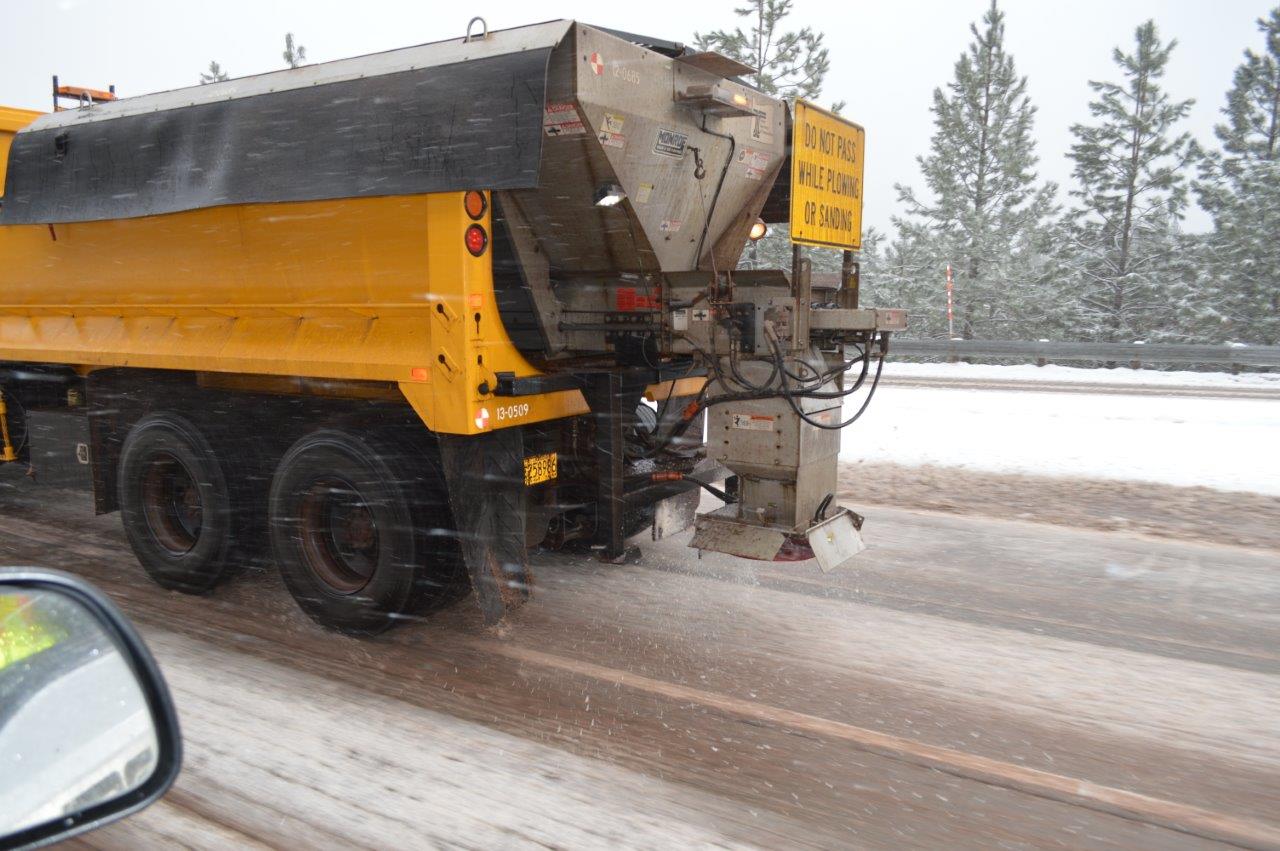While many in Washington spent their holiday breaks wondering if Senate Democratic opposition would deal a major blow to progress on a climate change bill, 11 northeastern governors were agreeing on a deal that suggests otherwise.
 (Photo: Scientific American)
(Photo: Scientific American)The 11 governors vowed to develop a shared low-carbon fuel standard (LCFS) that would cut the total "life-cycle" emissions from transportation fuels. That measure would include the indirect environmental harm caused by biofuels' adverse land-use effects as well as the direct consequences of burning conventional gas.
The process is not going to be easy, or quick -- the states' pact mentions only that a "regional framework" for the standard would be established by 2011. But the governors' deal is a sign that amid uncertain prospects for congressional action on carbon emissions caps, states are emerging as laboratories for new approaches to curbing pollution.
Even an LCFS that allows fuel producers to select their own method of pollution reduction and measures emissions on a per-gallon basis, as recommended by the Union of Concerned Scientists, would not be a substitute for climate legislation that seeks to put a fair price on carbon.
What an LCFS can do is put electrified rail and other forms of transit on a more competitive footing by encouraging gas and diesel prices that reflect the full environmental toll taken by the burning of fossil fuels. As the California High Speed Rail Blog observed in its analysis of that state's LCFS -- which is expected to serve as a model for the 11 northeastern states:
Note that California’s new low carbon fuel standard does not aim todirectly reduce total vehicle miles driven, nor to increase vehicleoccupancy rates, nor to reduce aggregate net CO2 emissions fromground transportation in the state. Some or all of these outcomes maymaterialize indirectly as a result of higher vehicle and/or fuel prices.
While still serving in the Senate, President Obama embraced a federal LCFS modeled after California's version. And it's worth noting that California served as the first stop for a higher auto fuel-efficiency standard that ultimately went national.





